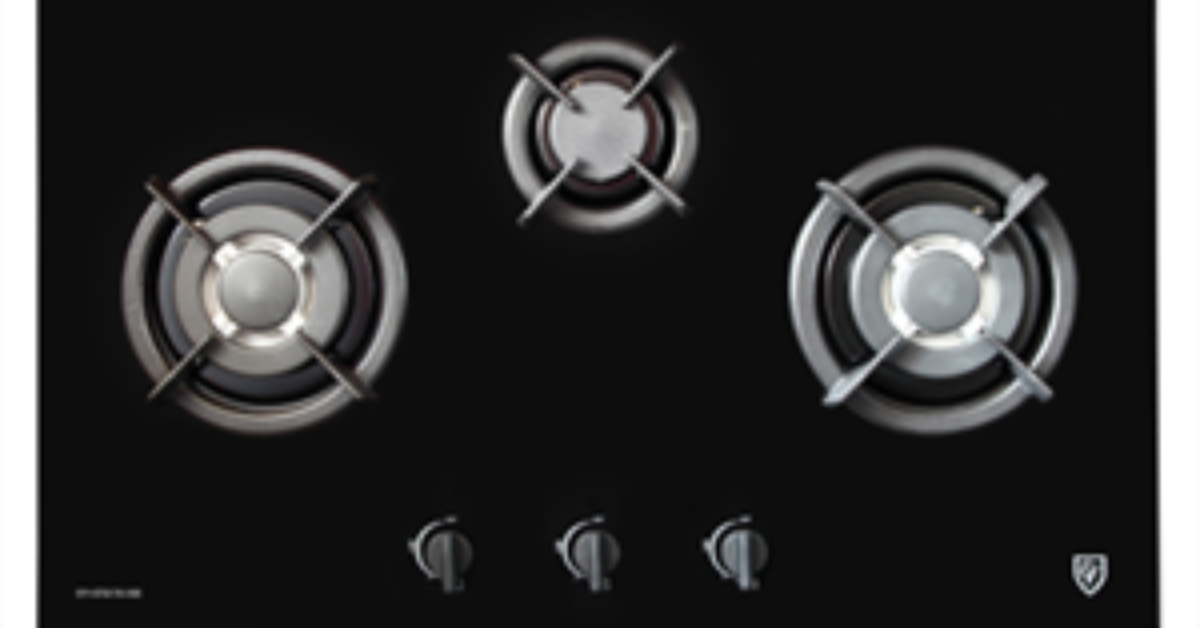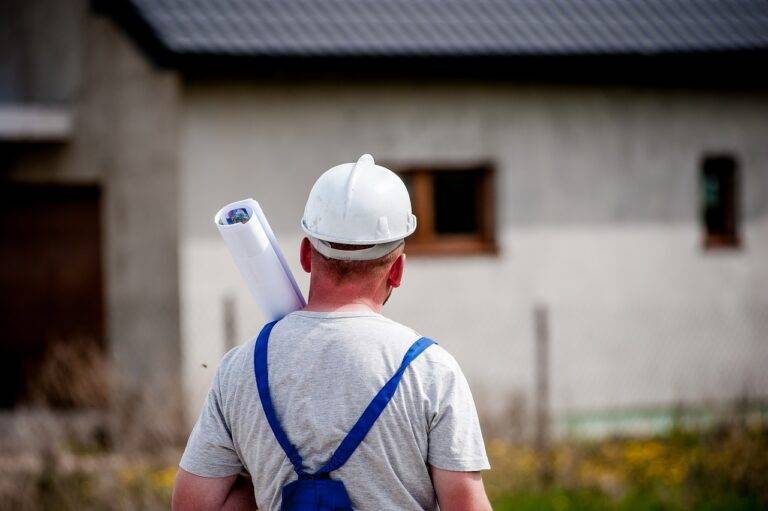Kitchen Hood Singapore: A Complete Guide for Modern Homes
In Singapore’s high-density urban landscape, cooking at home—especially beloved local dishes like sambal stingray or fried hokkien mee—can fill your entire space with grease, smoke, and lingering odours. That’s where a kitchen hood becomes more than just a luxury—it’s a necessity. Whether you live in an HDB flat, condo, or landed property, a Kitchen Hood Singapore plays a crucial role in improving ventilation, maintaining air quality, and keeping your cooking area clean.
In this comprehensive guide, we cover everything you need to know: from types of kitchen hoods, how to choose the right one, local installation tips, maintenance, and frequently asked questions.
Why Every Singapore Home Needs a Kitchen Hood
In Singapore, most residential kitchens are small, enclosed, and close to living areas. This makes managing smoke and grease more important than ever. A quality kitchen hood provides:
-
Cleaner indoor air
-
Removal of airborne grease
-
Reduction in heat, odours, and moisture
-
A cleaner cooking space and cabinetry
-
Enhanced kitchen aesthetics
Beyond just functionality, modern kitchen hoods also add a touch of design and sophistication to your kitchen.
Types of Kitchen Hoods Available in Singapore
1. Slimline Hoods
Compact and mounted under kitchen cabinets, these are popular in HDB flats due to their space-saving design.
Pros:
-
Affordable
-
Easy to install
-
Discreet appearance
Best For: Small to medium-sized kitchens, light cooking
2. Chimney Hoods
Stylish and high-powered, chimney hoods are wall-mounted and have a vertical duct structure.
Pros:
-
Strong suction
-
Sleek design
-
Handles heavy cooking well
Best For: Moderate to large kitchens, regular home chefs
3. Island Hoods
Suspended from the ceiling over a kitchen island, these are visually striking and highly functional.
Pros:
-
Powerful ventilation
-
Great design feature
-
Ideal for open-concept kitchens
Best For: Landed properties, open kitchen layouts
4. Telescopic or Pull-Out Hoods
These extend when in use and retract when not needed, hiding neatly within cabinetry.
Pros:
-
Minimalist look
-
Efficient for small kitchens
Best For: Compact apartments, design-conscious homes
5. Downdraft Hoods
Pop-up systems installed next to the hob, pulling fumes sideways and down.
Pros:
-
Hidden when not in use
-
Modern, space-saving
Best For: Designer kitchens with island cooktops
Ducted vs Recirculating Kitchen Hoods
Ducted Hoods
Expel air outside through a duct.
Advantages:
-
Better for heavy cooking
-
Doesn’t require filter replacements
Drawbacks:
-
Requires duct installation (may not be allowed in HDBs/condos)
-
More complex installation
Recirculating Hoods
Filter air through charcoal filters and recirculate it back into the kitchen.
Advantages:
-
Easy to install
-
Suitable for any home type
Drawbacks:
-
Needs regular filter changes
-
Less effective for heavy smoke
Tip: In Singapore, most HDB and condo units go for recirculating hoods due to building restrictions on external ductwork.
Key Features to Look For in a Kitchen Hood
1. Airflow Power (m³/h)
Measured in cubic meters per hour. The higher the number, the more powerful the hood.
| Cooking Intensity | Recommended Power |
|---|---|
| Light cooking | 400–600 m³/h |
| Moderate frying | 600–800 m³/h |
| Heavy Asian cooking | 900+ m³/h |
2. Noise Level
Look for models below 65 decibels (dB) for quieter operation.
3. Filters
-
Aluminium mesh: Traps grease, washable
-
Charcoal filters: Remove odours, replace every 4–6 months
4. Lighting
LED lighting is most common now—energy-efficient and bright.
5. Controls
Choose from:
-
Push buttons (basic and durable)
-
Touch panels (sleek and easy to clean)
-
Remote or smart control (premium models)
Kitchen Hood Size Guide
Match your hood to the size of your hob:
-
60cm hood for 2-burner hobs
-
70–90cm hood for 3 or more burners
-
Always choose a hood at least as wide as your hob
Installation Guidelines in Singapore
-
HDBs: Opt for recirculating hoods; ducting not allowed
-
Condos: Check with MCST for restrictions
-
Landed homes: Ducted hoods are feasible with proper planning
Tip: Hire a licensed electrician or installer to ensure safety and warranty validity.
Cost of Kitchen Hoods in Singapore
| Type of Hood | Price Range (SGD) |
|---|---|
| Slimline | $150 – $300 |
| Chimney | $300 – $900 |
| Telescopic | $250 – $500 |
| Island | $800 – $2,500+ |
| Downdraft | $1,200 – $3,000+ |
Installation may add $80–$150 depending on complexity and mounting needs.
Kitchen Hood Maintenance Tips
To ensure lasting performance:
-
Clean grease filters every 2–4 weeks
-
Replace charcoal filters every 4–6 months (recirculating hoods)
-
Wipe down exterior weekly to prevent oil buildup
-
Check fan and motor once a year
Bonus Tip: Some hoods have indicators to remind you when to clean filters.
Kitchen Design Tips Using Kitchen Hoods
-
Match the hood finish to appliances for a cohesive look (e.g., stainless steel with fridge/oven)
-
Use it as a focal point with a statement chimney hood
-
Combine pendant lights and under-cabinet lighting for layered ambiance
Whether you’re going for a minimalist kitchen or a luxurious one, the right hood enhances both function and form.
FAQs: Kitchen Hood Singapore
Q1: Is a kitchen hood necessary in Singapore homes?
A1: Yes. Given the compact kitchen layouts and cooking styles, kitchen hoods help maintain air quality, reduce odour, and keep the kitchen grease-free.
Q2: What’s the difference between a cooker hood and a kitchen hood?
A2: They are the same—terms are used interchangeably. Some brands or regions prefer one over the other.
Q3: Can I install a ducted kitchen hood in my HDB?
A3: Generally, no. Most HDBs restrict ducting that exits the unit. Recirculating hoods are the recommended alternative.
Q4: How often should I clean the filters?
A4: Grease filters every 2–4 weeks; charcoal filters every 4–6 months depending on cooking frequency.
Q5: What’s the quietest type of kitchen hood?
A5: Look for models with noise ratings under 60 dB. Some premium models are engineered specifically for low-noise operation.
Final Thoughts
Whether you’re a home cook who loves preparing flavourful local dishes or someone who wants to protect your kitchen investment, installing a kitchen hood in Singapore is one of the smartest decisions you can make. With a wide range of designs, power options, and prices, there’s a suitable solution for every kitchen type—be it an HDB flat, a sleek condo, or a spacious landed home.
Before making a purchase, consider your cooking habits, kitchen layout, and air ventilation needs. Choose a trusted installer, keep up with regular maintenance, and your kitchen hood will serve you well for years to come.







